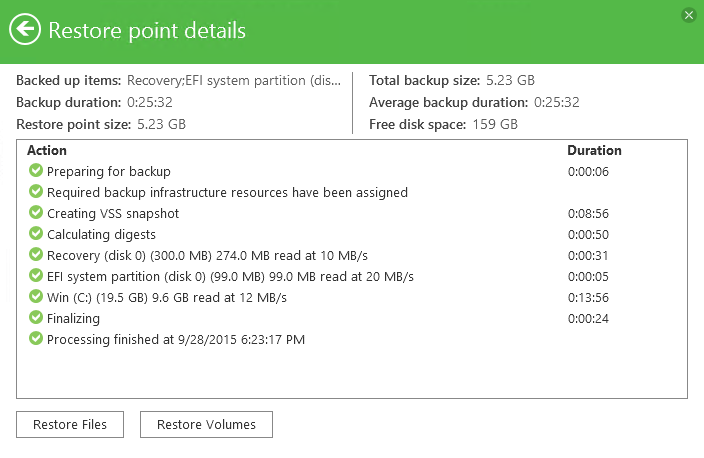
With that being said, it is easy to understand that there might be some risks related to the Direct SAN: since the LUNs containing the source VM are visible from the disk manager of the proxy and, in some cases, the proxy is also used as repository server, managing both local and SAN volume may be prone to human mistakes. In the Direct SAN method, the proxy must be zoned with the source storage and the LUNs containing the virtual machines to be protected have to be mapped, whereas with the BfSS only the zoning is required.

From an infrastructure point of view, the difference is mainly related to the way the proxy interacts with the source storage array. Physical proxy can be used with two different transport modes: DirectSAN and Backup from Storage Snapshots (BfSS). However, in certain circumstances there might be some additional tweaks one may take into account to optimize the infrastructure.

This site uses Just the Docs, a documentation theme for Jekyll.īuilding a VMware vSphere proxy is a straight forward process that does not require any particular special care: it is a matter of few clicks in the Veeam Backup & Replication UI to add it.

Restoring VMs to an HPE 3PAR with thin disks.Backup Repository HA using Windows Storage Replica.


 0 kommentar(er)
0 kommentar(er)
